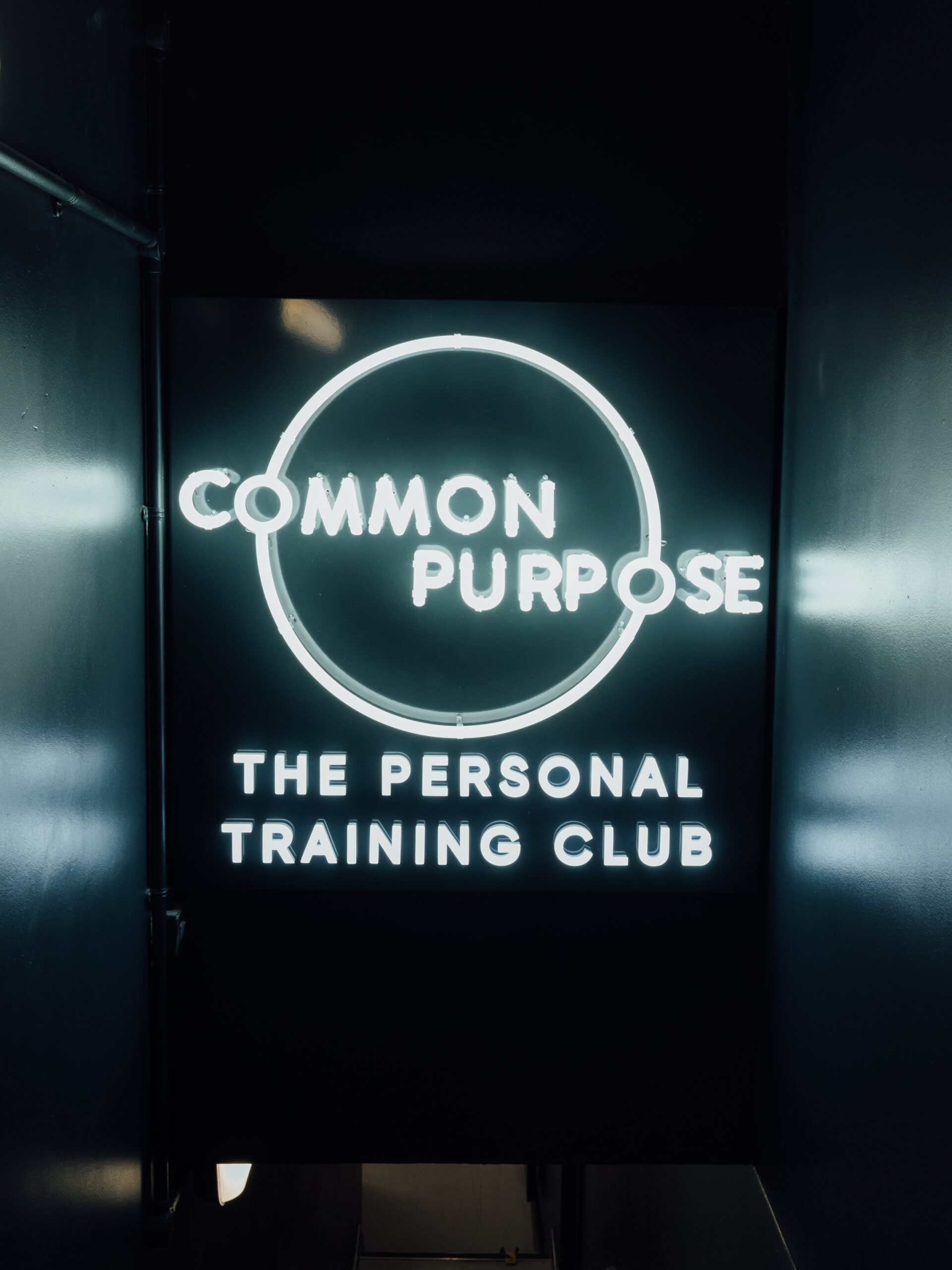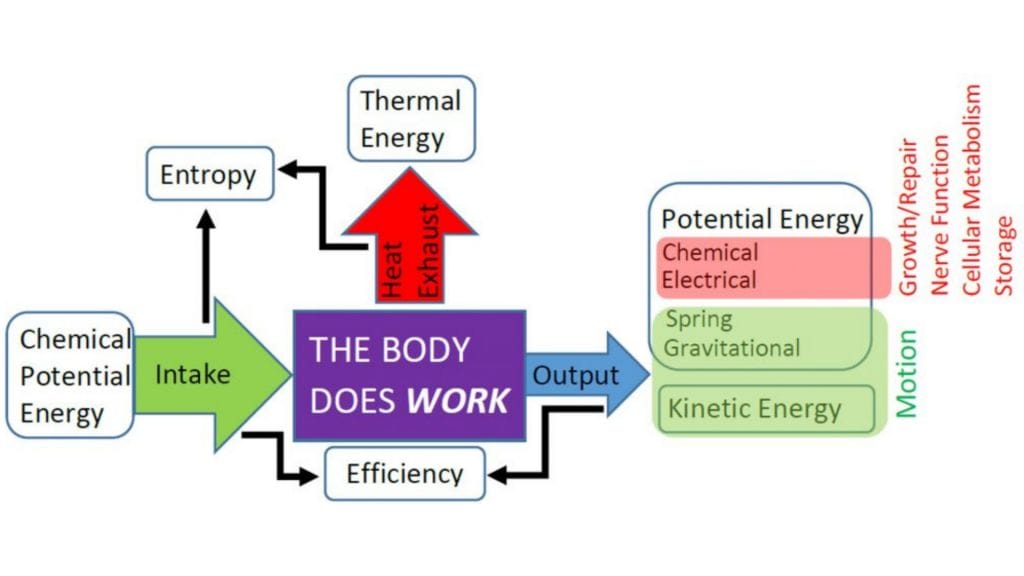Approximately 6 Minutes Reading Time
Brief Article Overview
- Understanding energy balance is key for understanding the fundamental mechanism behind fat loss.
- Fat loss will only occur in an energy deficit.
- There are many factors that contribute to the energy balance equation.
- Identifying “controllable factors” allows us to modify our actions and choices in order to attain an energy deficit.
Introduction
In this article, we would like to outline what we consider to be the most important principles of fat loss from an experiential and scientific perspective.
Understanding the theory behind the mechanisms of fat loss is one thing, but actually doing them is another thing entirely. Therefore, we will also aim to show you how to apply these rules in a practical manner. That way, you will be best equipped to achieve your goals with no stone left unturned!
The First Law of Thermodynamics
We’re going to start off with the Laws of Thermodynamics. No, this isn’t ‘An Introduction to Physics’, but just bear with us. The laws of thermodynamics are pretty fundamental when it comes to our understanding of the known universe, and the mechanism which determines fat loss is no exception.
It’s the first law of thermodynamics which is particularly pertinent because it’s all about the conservation of energy and is stated:
“The total energy of an isolated system is constant; energy can be transformed from one form to another, but can be neither created nor destroyed.”
The human body is an isolated system, it cannot create or destroy energy where none is available. In terms of weight loss/gain, it can be displayed as a simple formula:
Energy In (kCal) +/- Energy Out (kCal) = Weight Gain / Loss
 Common Purpose Team
Common Purpose Team









